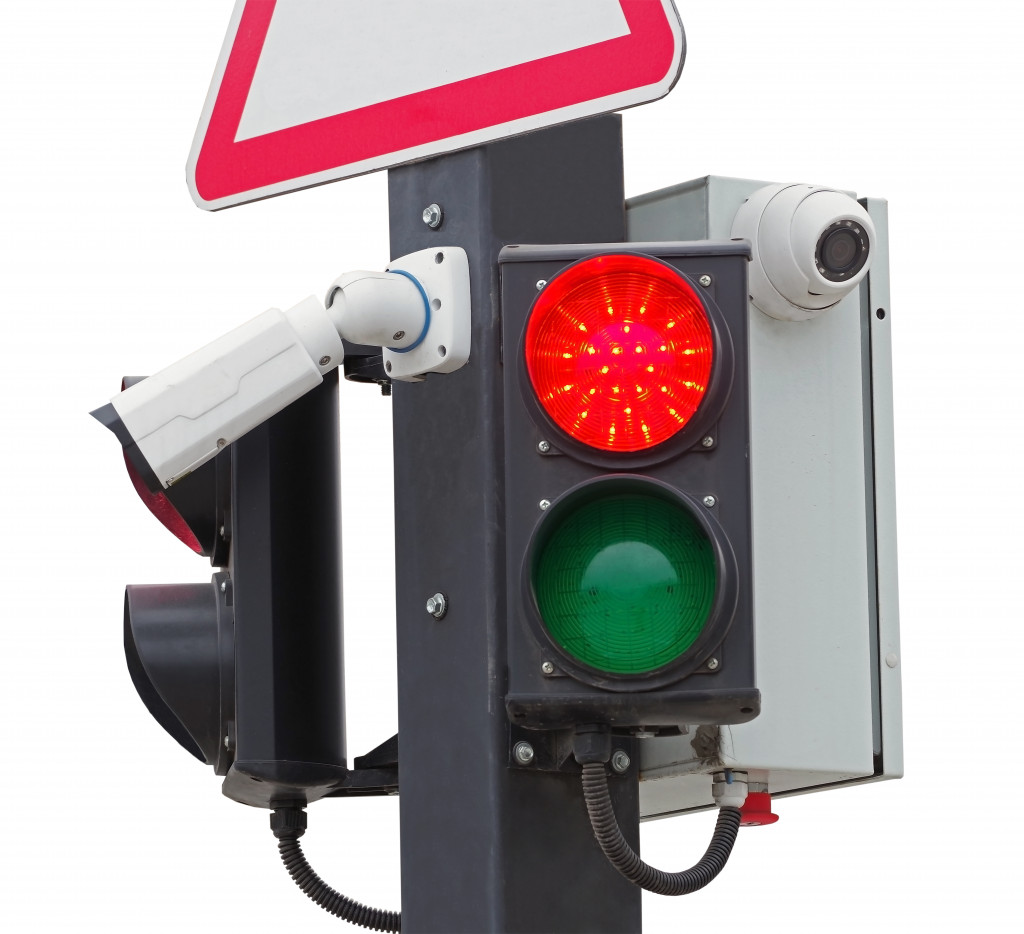• Acquire necessary licenses and qualifications before driving. You may need to pass a learner’s permit exam if you’re a teen.
• Stay alert and focused when driving. Avoid distractions like your phone or music. Make sure you are well-rested before driving.
• Obey traffic signals and always yield the right-of-way when necessary. You’ll stay safe and out of trouble with law enforcement.
• Watch your blind spot when changing lanes and double-check before turning right at intersections.
• Understand where your vehicle’s controls are located, and make sure brakes, lights, tires, and airbags are working.
Learning how to drive is an exciting time for many new drivers. However, one of the most critical skills you must know is how to navigate dangerous and risky situations on the road. A considerable percentage of all vehicular fatalities in recent years can be attributed to reckless or careless driving, so it’s essential that young drivers understand what they can do to stay safe. Here are tips for navigating dangerous situations on the road.
Acquire necessary licenses and qualifications.
Before you get on the road, make sure you have all the necessary licenses and qualifications to do so. Take a driving course or attend educational classes to learn how to operate your vehicle safely in any situation. It’s also important that you stay up-to-date with new laws around driving, as they can change quickly.
If you’re a teen driver, you might need to pass a learner’s permit exam. This exam is designed to test your knowledge of the rules of the road and help you become a safe driver. It is important to take the time to study and pass the test in order to be a responsible driver.
Stay alert.
Staying alert behind the wheel is one of the most important steps you can take toward safety when you’re on the road. Ensure you’re not distracted by your phone, music, or anything else while driving – stay focused and aware of your surroundings. Additionally, make sure that you are well-rested before getting behind the wheel. Fatigue impairs judgment and reaction time just as much as alcohol does!
Obey traffic signals.

It may sound simple, but obeying traffic signals saves lives every day! Always come to a complete stop at a red light and obey speed limits at all times. This will keep you safe and out of trouble with law enforcement. Additionally, always yield the right-of-way when necessary. Rudeness will only increase tension between yourself and other drivers.
Watch your blind spots.
While it isn’t always possible to see everything around your vehicle at all times (especially when changing lanes), make sure that you use your side mirrors and check over your shoulder before making any sudden moves – this will help ensure that no other vehicles are in your blind spot when changing lanes or backing up. Additionally, double-check before turning right at intersections. Often cyclists are coming from the opposite direction and may be invisible due to blind spots!
Know your vehicle.
Knowing how your vehicle works is one of the best ways to stay safe behind the wheel – know where all controls are located so that they can be operated without taking your eyes off the road (e.g., indicators/turn signals). Additionally, make sure these safety systems are functioning properly before getting into a vehicle:
Brakes
Brakes are essential for any vehicle and should always be checked before driving. Make sure the brakes work properly (by testing them when you’re stopped) and that they are not worn out or damaged at all.
Lights
Your headlights, tail lights, brake lights, direction indicators/turn signals, and hazard lights should all be in working order before driving. Make sure they are all clean, bright, and visible so other drivers can see you on the road.
Tires

Your tires should be properly inflated and have good tread – check them periodically or have a professional check them for you. If your tires are worn out, this can lead to dangerous situations on the road due to decreased traction and braking power.
Airbags
In the event of a crash, airbags can be life-saving. Make sure your vehicle has working airbags and that they are inspected regularly for signs of wear and tear.
By understanding the ins and outs of your vehicle, you’ll be better equipped to handle any dangerous situations that may arise on the roads. Additionally, you should always ensure your vehicle is in good working order before driving – a well-maintained car will help ensure your safety and peace of mind.
Driving is a huge responsibility, and it’s essential to understand the risks of being behind the wheel. With these tips, you should be better equipped to handle dangerous situations on the road while keeping your vehicle in good working order. Whether you are just starting out or have been driving for years, stay alert and obey traffic signals at all times – this will help ensure both your and other drivers’ safety when navigating risky situations on the road.







